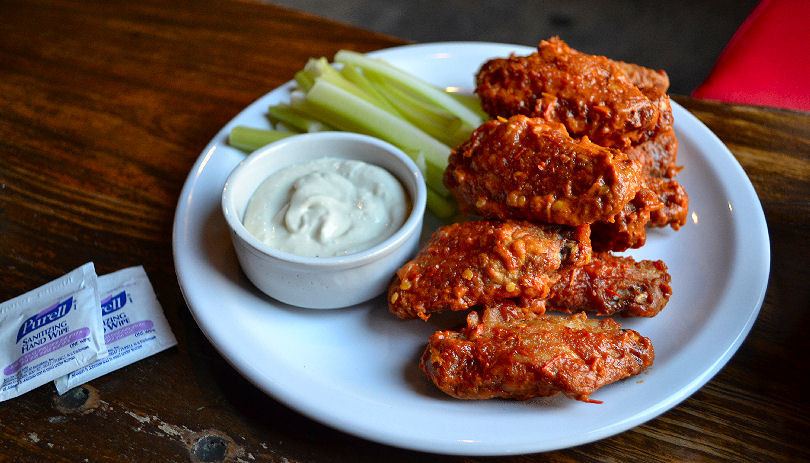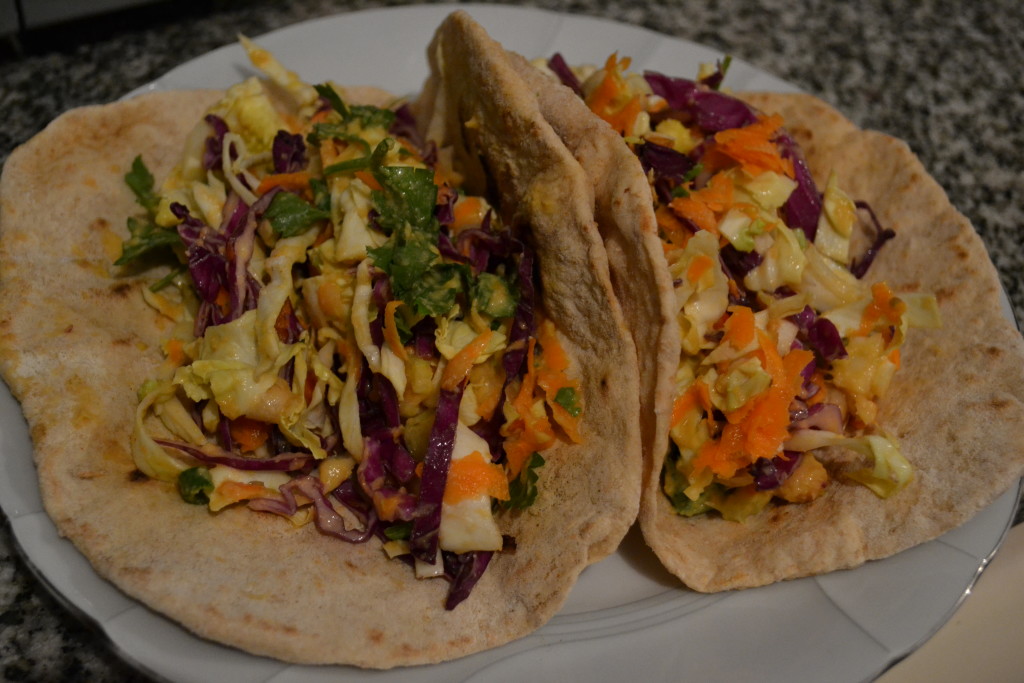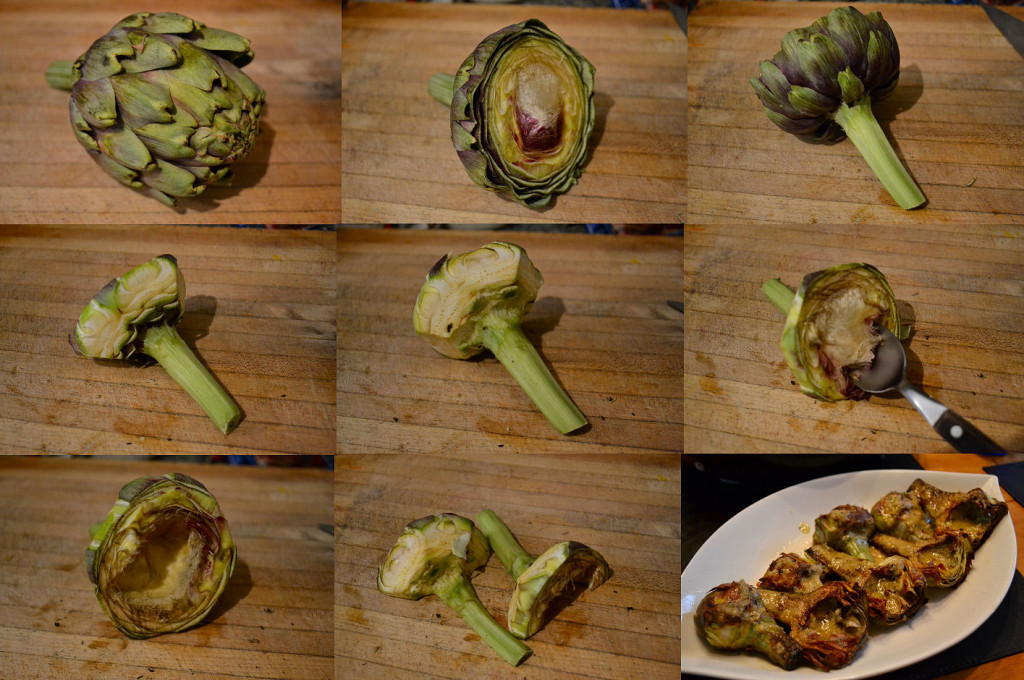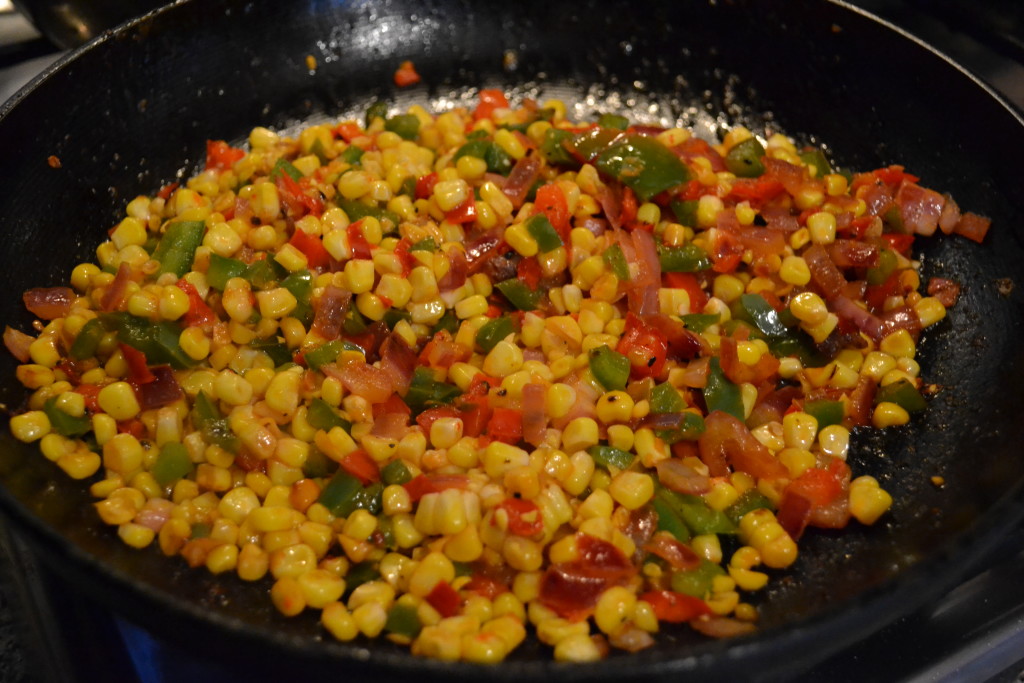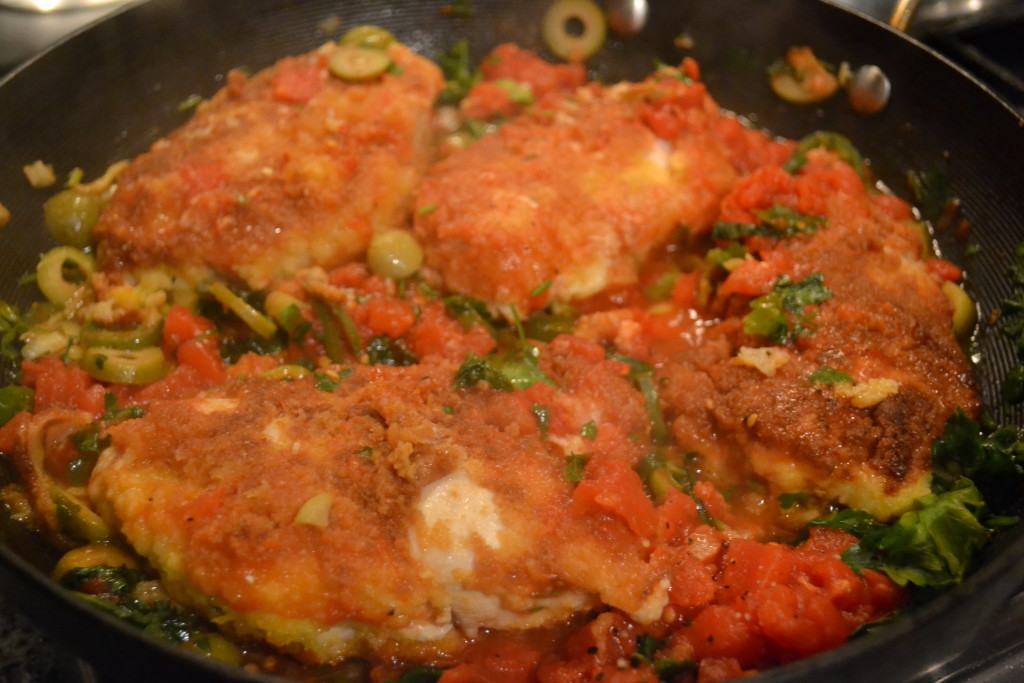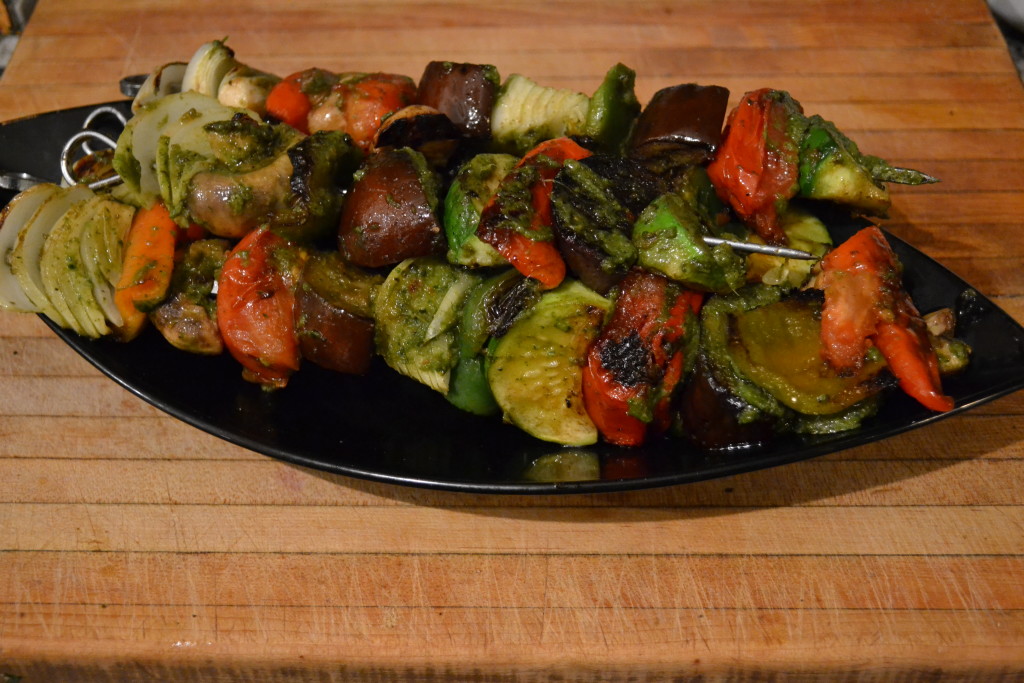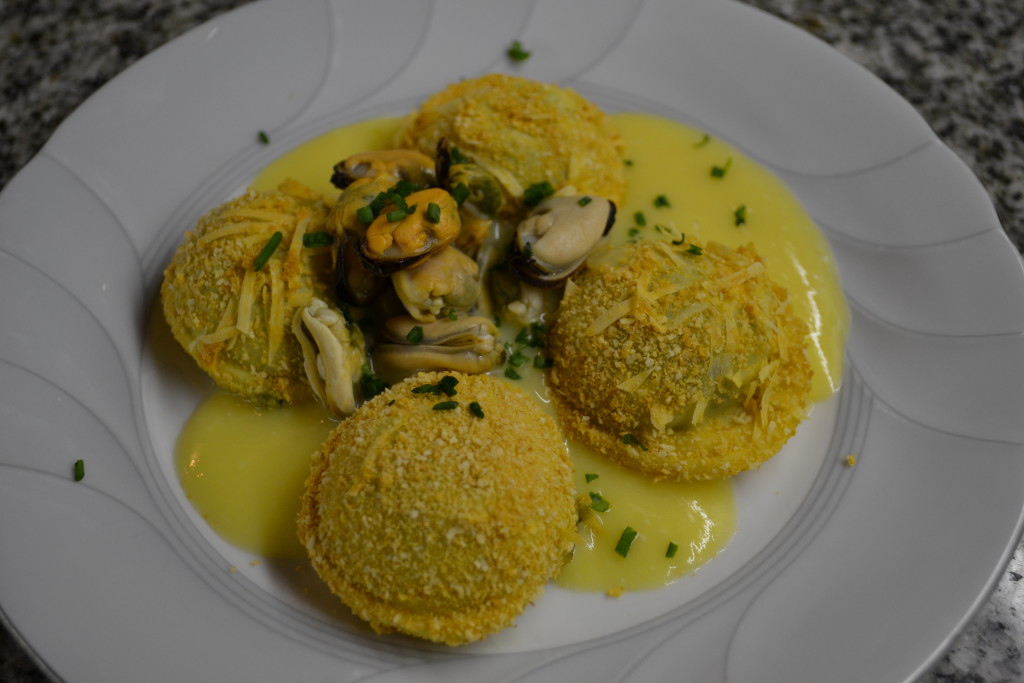No fat wrap
On Sunday supplement
Food and Wine
It had to come up sooner or later, someone was going to ask about “fat free vegan” options for something at home. Something that wasn’t just an undressed salad or crispy rice cake. Thankfully, at least this time, they didn’t throw in “gluten free” or I might have just given it all up as a bad day. Combine that with just having worked my way through a couple of books on the subject and I was ready to tackle something new in the kitchen.
I don’t know that I need to get into the pros and cons of either a vegan lifestyle or an ostensibly fat free one. There’s plenty of source material out there that comes down on either side of the questions, and I think I can safely leave it in your hands to make your own decisions about what works for you. Want to go the other direction and head to a carb-free, meat heavy diet, you’re good to go from my perspective – whatever works for you.
I would say that I find the combo a bit restrictive. It’s not that one can’t come up with some great food to eat, and hopefully today’s recipe will give you a good example. It’s more that there’s so many ingredients out there that a diet like this leaves out – it’s one that I could never commit to without some overriding reason. But, as a change up for meals once or twice a week, it’s certainly a good balancer to whatever else I might be ingesting.
So what does a fat free vegan diet leave out? Beyond the obvious “no meat or dairy products”, including eggs, and, for most vegans, honey as well, the fat free restriction eschews chocolate, nuts, avocados, and all plant-based oils and fats – which, by the way, includes leaving out a large number of soy products unless they’re low fat versions. It’s not truly fat free, many vegetables and grains contain some level of fat naturally, but it’s a “no added fat” and no members of the plant kingdom that contain excessive amounts. Most folk who adhere to the diet are doing it for cardiovascular reasons, and so often, there’s a no added salt restriction.
So what that means is getting creative with vegetable purees, juices, herbs and spices for flavorings, generally some form of legume for those creamy mouthfeel sorts of experiences. And, that’s what we’re going to do today – a healthy, vegetable based wrap that makes for a satisfying lunch or lighter dinner. And, away we go.
First, the wrap – a whole wheat tortilla. You’d be surprised how easy these are to make – a simple 1:1 weight ratio between finely ground whole wheat flour and water – we get six decent sized tortillas out of:
175 grams whole wheat flour
175 ml/grams water
½ teaspoon salt (optional)
½ teaspoon smoked paprika
Mix well with a whisk to break up any lumps and let sit for about ten minutes to hydrate the flour. Heat a heavy skillet over medium heat. Divide the dough in six equal portions (or, 4 or 8, depending on how big you want them) and roll out to about a 20 cm circle. Lay them one at a time in the hot skillet – no oil needed. Cook until it’s lightly browned on the underside and then flip it over and cook the second side to the same. It should still be quite flexible. Repeat with each remaining tortilla.
For the filling:
¼ of a small red cabbage
¼ of a small white cabbage
2 green onions
1 medium carrot
4 asparagus
4-5 stems of cilantro
1 can white beans
1 can chickpeas
Juice and zest of 1 lemon
½ teaspoon cumin
1 small chili
2 cloves garlic
1 small carrot
1 tablespoon sesame seeds, toasted (optional, they add some fat)
water as needed
Slice the cabbage into thin shreds. Chop the green onion, asparagus and parsley. Grate the carrot. Open the can of beans. Toss them all together in a bowl.
Open the can of chickpeas – essentially we’re making a no fat added hummus. Pour the can into the blender and add the other ingredients. Blend at high speed, only add water as needed to get a smooth puree. Mix the puree with the vegetables and pile into the tortilla wraps. Roll up (if you want to make it pretty, stick a toothpick in it to hold it all together). Eat. Feel free, by the way, to mix up the vegetables with others, to use a different herb or a mix of them, and adjust the spiciness of the dressing with more or less of the chili and garlic.
A series of recipes and articles that I started writing for the Buenos Aires Herald Sunday supplement, Food & Wine section, at the beginning of 2012. My original proposal to them was to take local favorite dishes and classics and lighten them up for modern day sensibilities. We’re not talking spa or diet recipes, but at the very least, making them healthier in content, particularly salt, fat and portion size. As time went by, that morphed into a recipe column that, while emphasizing food that is relatively “good for you”, wasn’t necessarily focused on local cuisine. At the beginning of 2013 I decided to stop writing for them over some administrative issues, but it was fun while it lasted.
